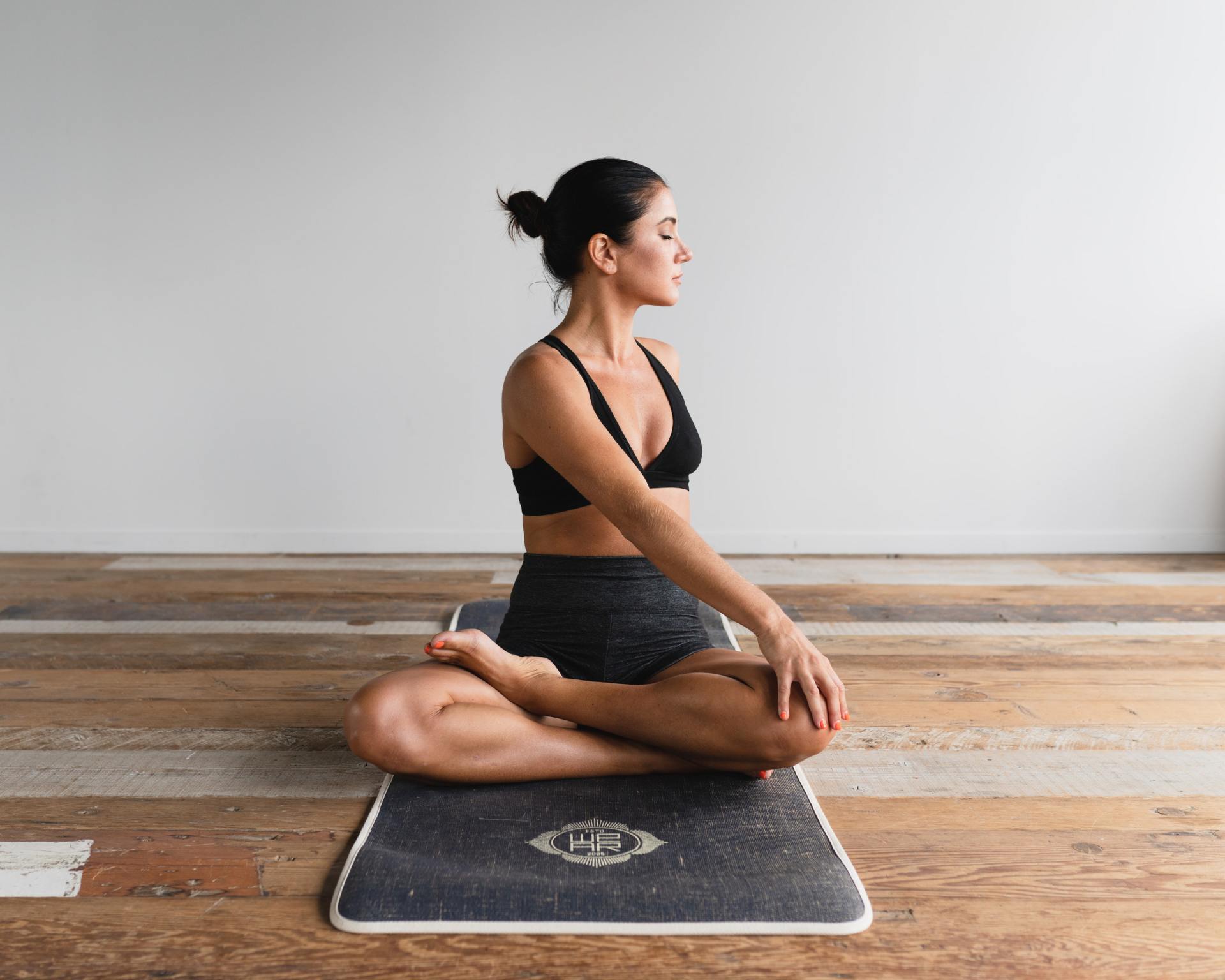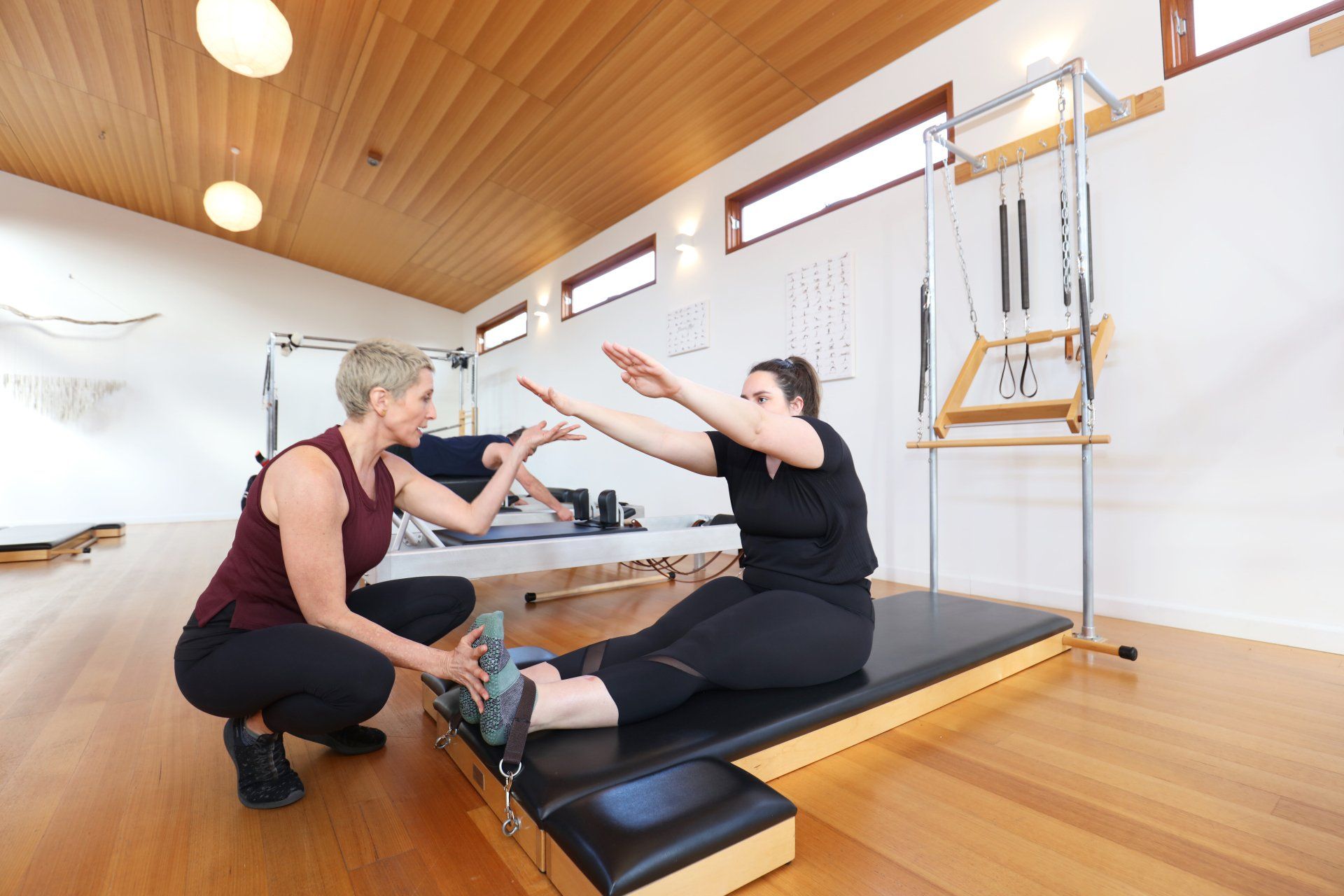What Is Podiatry?
Simon Zammit • September 16, 2020
Look after your feet, and your feet will look after you!

Podiatry deals with the prevention, diagnosis, treatment and rehabilitation of medical and surgical conditions of the feet and lower limbs. The conditions podiatrists treat include those resulting from bone and joint disorders such as arthritis and soft-tissue and muscular pathologies, as well as neurological and circulatory disease. Podiatrists are also able to diagnose and treat any complications of the above which affect the lower limb, including skin and nail disorders, corns, calluses and ingrown toenails. Foot injuries and infections gained through sport or other activities are also diagnosed and treated by podiatrists.
A range of skills are employed by podiatrists. Direct consultations include a clinical history composition, physical examination, diagnosis, preparation of a treatment plan and provision of a range of therapies. Clinical assessment techniques aim to secure a diagnosis and prognosis and take into account clinical, medical and surgical history, footwear, occupational and lifestyle factors, and may incorporate the use of diagnostic equipment such as vascularscopes or radiology. Gait analysis will often be undertaken through visual or computerised means and might include range of motion studies, postural alignment evaluation or dynamic force and pressure studies.
Clinical services require skilled use of sterilised instruments and appropriate infection control procedures, along with appropriate application of pharmacological agents, specialist wound dressings and a variety of physical therapies. Prescription foot orthoses (in-shoe devices) offer permanent solutions in the treatment and prevention of corns, callous and necrotic ulceration in their capacity to provide pressure redistribution. As a technique for providing consistent weight bearing realignment they are utilised in the treatment of acute and chronic foot conditions such as tendonitis, recurrent ankle sprain, chronic knee pain and stress fractures, to supplement and enhance clinical care.
Simon Zammit B.Pod, M.APodA
Our podiatrist Simon graduated in 2011 from Latrobe University with a Bachelor of Podiatry. He has since worked as a podiatrist in the South Gippsland region and Melbourne. Simon enjoys applying his experience and knowledge of the lower limb so that his patients may achieve optimal foot health and improve their quality of life. He is proficient in many areas of podiatry including dry needling and orthotic therapy, ingrown toenail management/surgery, children’s feet, diabetes education and general nail and skin care.

Anyone who has practiced yoga with me will know that I’m all about finding the fit that works for you. In yoga. In meditation. I used to be a stylist, (in the manic old days!) and I throw the same philosophy into teaching yoga and meditation as I did into fashion. The practice has to fit you well. It has to make you feel clear and vibrant, Grounded, focused and authentic.
Mindfulness is a conscious discipline of bringing ourselves into moment to moment awareness. Whatever is, is. Just as it is. This might be looking really intently at the texture of your morning slice of toast and really seeing it, smelling it and observing it in all it’s toasti-ness.
Or it might be allowing yourself to really sit with a headache and just be present in the components of the headache. Parking the wish for it to vanish. Taking the suggestion to swallow a pain killer out of your mind. Leaning into the sensations called Headache and really observing them, without negativity. Having a perspective of curiosity. Enquiring. This is

There are 2 good reasons to become an independent client. The first reason is because that's what Joseph Pilates expected of clients learning his method of Pilates called "Contrology". A client was to learn their specific exercises and then join a group of clients in an open workout. Clients were not herded together to do the same exercises, waiting upon every word being spoon feed by an instructor. On the contrary, clients had to remember, engage, repeat, feel and listen to their bodies as they moved through their indivualised programs. The benefit for both teacher and student is, that the instructor is not repeating the set up, where the arms and legs go every class. More importantly, the instructor is watching how the client is moving and gives corrections that deepen the clients engagement to their core. The clients is thinking and feeling their body actively not passively waiting what to be told to do.
The second reason, is because research proves that when you take responsibility for your workouts and

